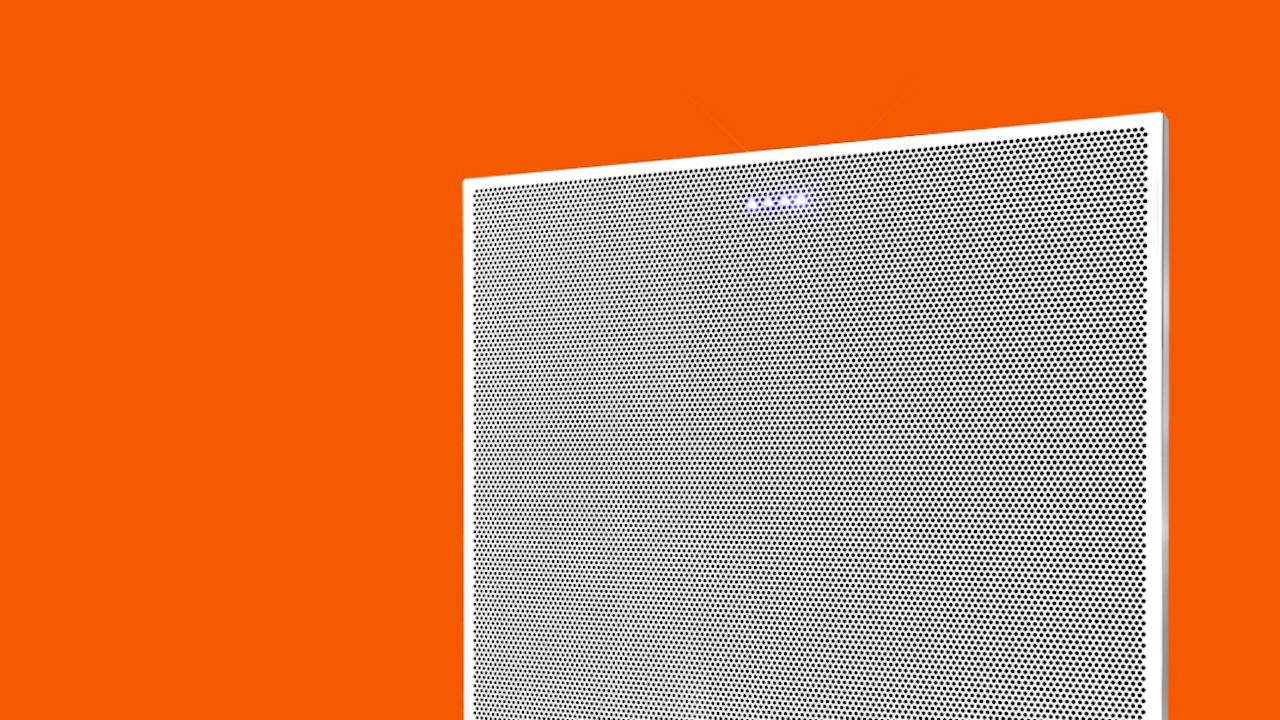The What: ClearOne has begun global shipments of its recently debuted and patented Beamforming Microphone Array Ceiling Tile (BMA CT) to systems integrators.
The What Else: Integrators can daisy chain ceiling tiles via P-Link (ClearOne’s proprietary peripheral link) for larger conference setups—for simpler wiring and longer distances compared to networked home-run connections. P-Link also allows integrators to daisy chain additional peripherals such as wireless mics, USB Expanders, and GPIO Expanders. The system supports all of this functionality with zero consumption of analog I/O and signal processing in the DSP mixer leaving those resources available for other needs.
With the ability to daisy chain up to three ceiling tile microphone arrays, with a maximum of 650 feet (200 meters) between each array, a single, low-channel count CONVERGE Pro 2 mixer can support multiple rooms with a total cable reach of 1,950 feet (600 meters).
ClearOne's Pro CONSOLE software simplifies setup, eliminating the need for separate configuration and programming of switches, microphones, audio networks, and DSP mixers. It also uses auto discovery to detect all connected BMA CTs and P-Link peripherals.
The BMA CT is available in three sizes: 24-inch, 600mm and 625mm, to fit common ceiling grid sizes. Featuring a white grille, the tile blends in to a standard ceiling and becomes nearly invisible.
According to ClearOne Chair and CEO Zee Hakimoglu, “The market response to the launch of our new BMA CT solution has been swift and overwhelmingly positive—and for good reason. Its integrated features can significantly reduce system design complexity, simplify installation, streamline configuration and programming, consume less rack space, and lower cost. It also includes a built-in 2x10 watt power amplifier to conveniently drive loudspeakers.”
Further simplification comes from the array’s built-in power amplifier, which allows each array to drive two 10-watt, 8-phm loudspeakers. The BMA CT also features ClearOne’s proprietary adaptive steering technology (think of it as smart switching). This provides improved room coverage while eliminating the need to adjust individual beams.
The Bottom Line: All of the innovations developed for the BMA CT are designed to make the integrator’s job easier and more profitable. The BMA CT allows for multi-array setups that can utilize a single, low-channel count DSP mixer while maintaining a high level of performance and reliability. “Thanks to its onboard processing, the BMA CT performs its own acoustic echo cancellation, noise cancellation, and beam selection, so per-beam processing isn’t needed and fewer DSP mixer resources are required,” Hakimoglu said.
